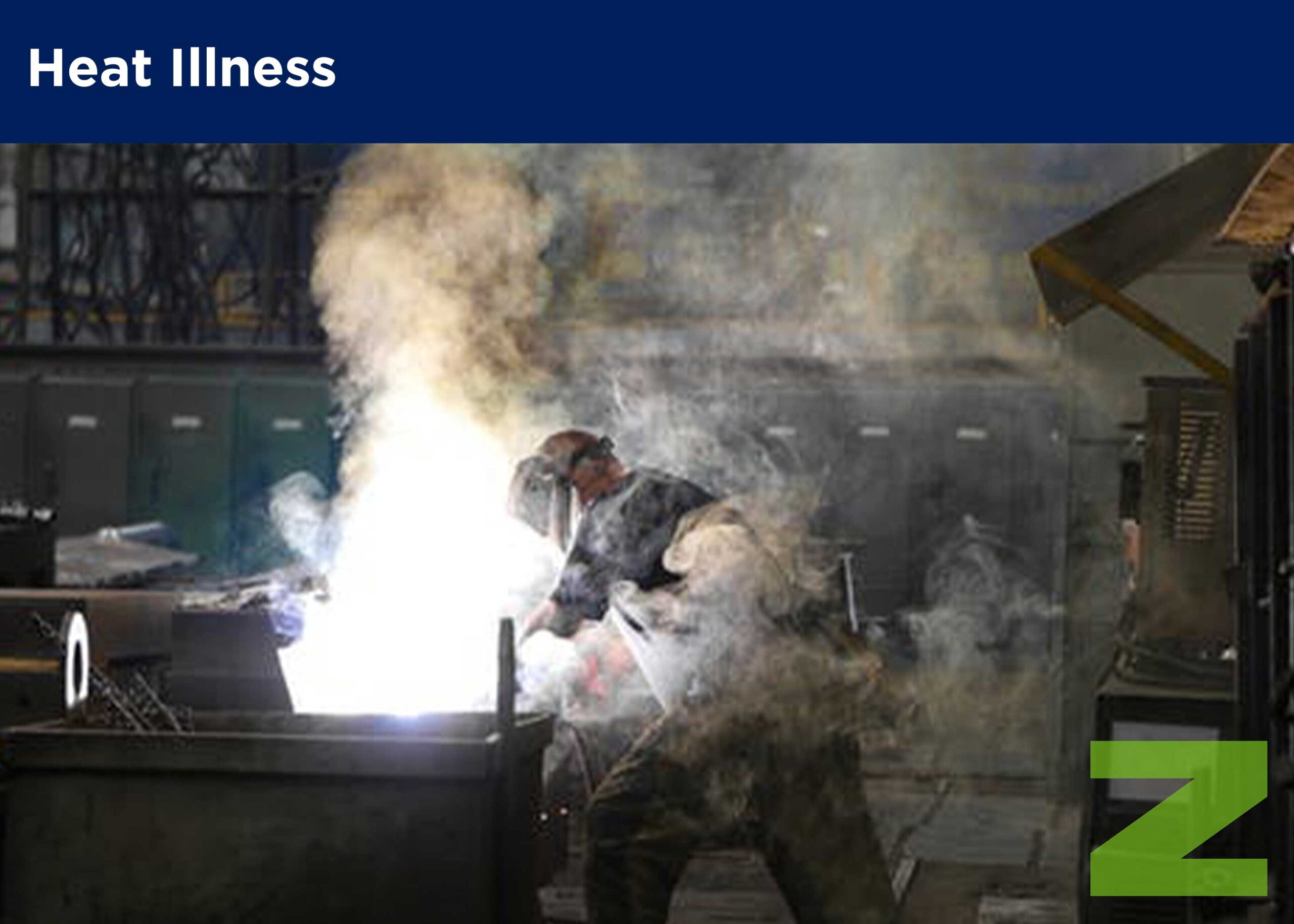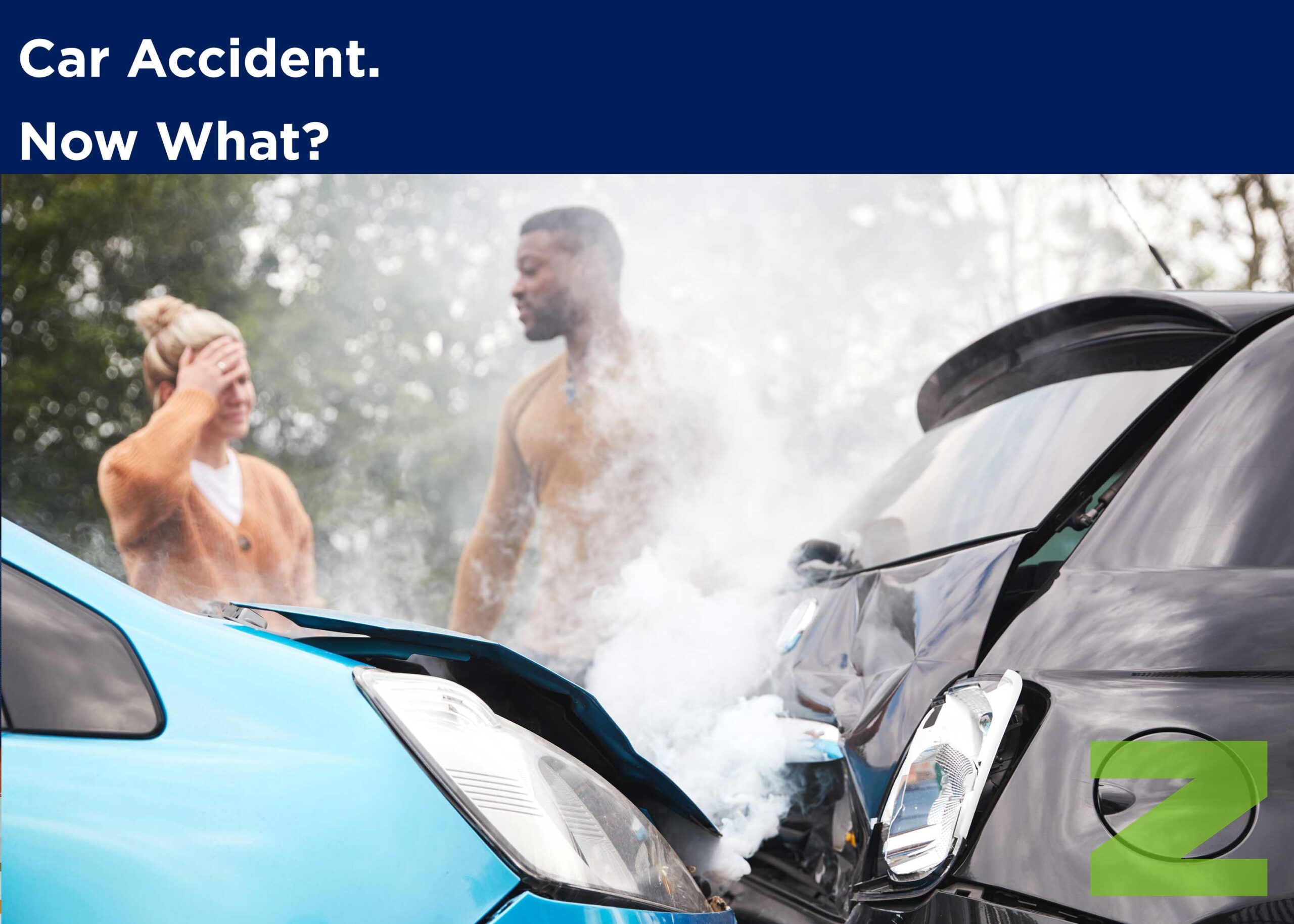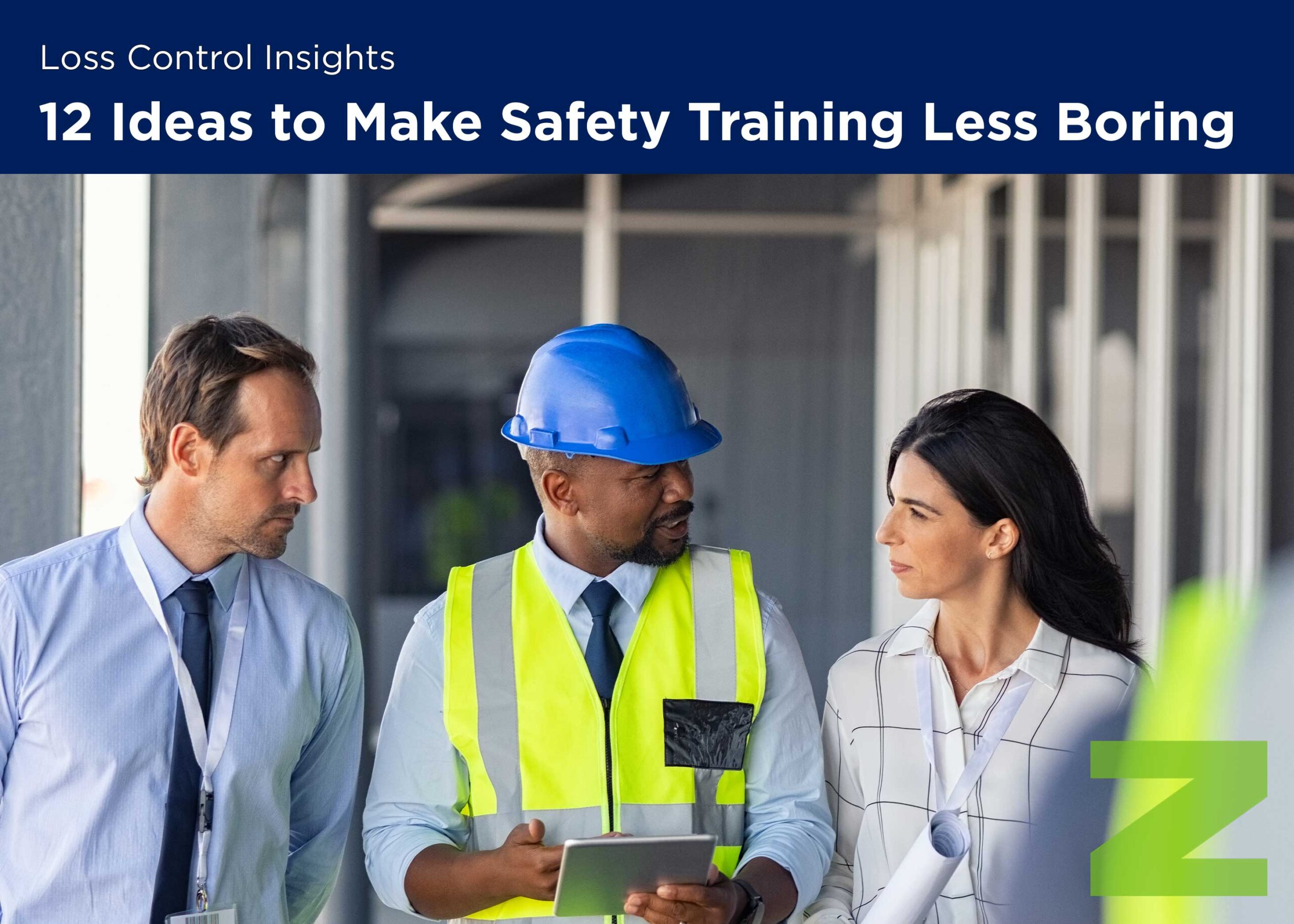Loss Control Insights
Heat Illness FAQ
Even though summer is winding down, chances are there will still be some hot days remaining. And if you work in an indoor environment where heat is a constant issue, your employees may face overheating dangers throughout the year. EMC Industrial Hygienist Jordan Curzon answers common questions about heat illness.
Q: Which jobs are most susceptible to heat illness?
While it’s safe to assume you know if workers in your industry are at risk for heat illness, it’s rather surprising where many of the illnesses occur. According to information published by the Bureau of Labor Statistics, the highest number of illnesses reported in 2015 were from those in the transportation and material moving industry. Other industries with high instances of heat illness include production, protective services, construction and building and grounds work.
Q: Why do some workers experience heat illness and others don’t when they are working under the same conditions?
There are a few reasons why one worker may experience heat illness and another worker at the same job site does not. Employees who have worked under extreme conditions for a longer time, usually have developed the ability to handle the heat better than newer employees. In fact, many of those experiencing heat illness are new workers who are afraid to let anyone know they are having difficulty keeping up. Being overweight can put a worker at higher stress, as can high blood pressure. Dehydration plays a role, too. In addition, workers performing different tasks at the same site may develop varying levels of heat stress depending on the amount of energy each exerts and whether someone is working in a shaded area.
Q: Generally, we are told to use the hierarchy of controls to manage hazards. In the case of heat illness, how do we apply the hierarchy?
As much as we try to use the hierarchy of controls from a top level down by eliminating the hazard if possible, you can’t remove the sun, and indoor heat sources can be difficult to remove or block. While shade can sometimes be added to outdoor workstations, lower level fixes, such as engineering controls, are easier to implement in indoor settings. One indoor option is to add high-volume, low-speed (HVLS) fans, which provide a surprising amount of cooling to a building.
Administrative controls are frequently a good way to reduce the potential for heat illness. For example, with good planning and foresight, hotter tasks such as roof work and pouring asphalt can be done in cooler months. Starting outdoor work very early in the day and ending early to avoid the worst of the heat is another tactic. You must also require and enforce more frequent breaks, provide lots of water and check on workers frequently to be sure they are not experiencing symptoms of heat illness.
Training is another necessity for keeping workers safe. They must know and understand the dangers they face, the signs and symptoms of heat illness and how to stay safe.
Personal protective equipment (PPE) is another way to keep workers safe. Appropriate PPE might include synthetic clothing that wicks sweat and evaporative cooling towels to keep bodies cool.
Q: When should we be concerned about heat illness?
Any time your employees are working in conditions that are warm, humid and/or with very little moving air, you should evaluate the situation. And while “warm,” “humid” and “moving air” are somewhat subjective terms, whenever there is any question about the conditions, be aware and take precautions.
This Heat Safety Tool can help you use temperature and humidity to calculate the heat index. Handheld or wall-mounted devices that measure temperature and humidity are also commercially available and may be worth installing if indoor workspace conditions are variable. Use these tools as a starting point, but rely on actual conditions to make judgement calls on breaks or sending workers home for the day.
Q: How do we tell if someone is experiencing heat illness and what do we do if someone becomes ill?
Rely on visual and reported symptoms rather than attempting to take a worker’s temperature in the field. Household thermometers don’t accurately reflect a worker’s core body temperature. Here is a good resource discussing the symptoms of various types of heat illness, ranging from heat cramps to heat stroke.
When in doubt call 911 because if heat stroke occurs, the worker needs assistance immediately. This EMC Safety Brief on heat stroke discusses the signs to look for, as well as prevention and treatment. These symptoms are progressively more dangerous, so do watch carefully and treat any symptoms immediately.





